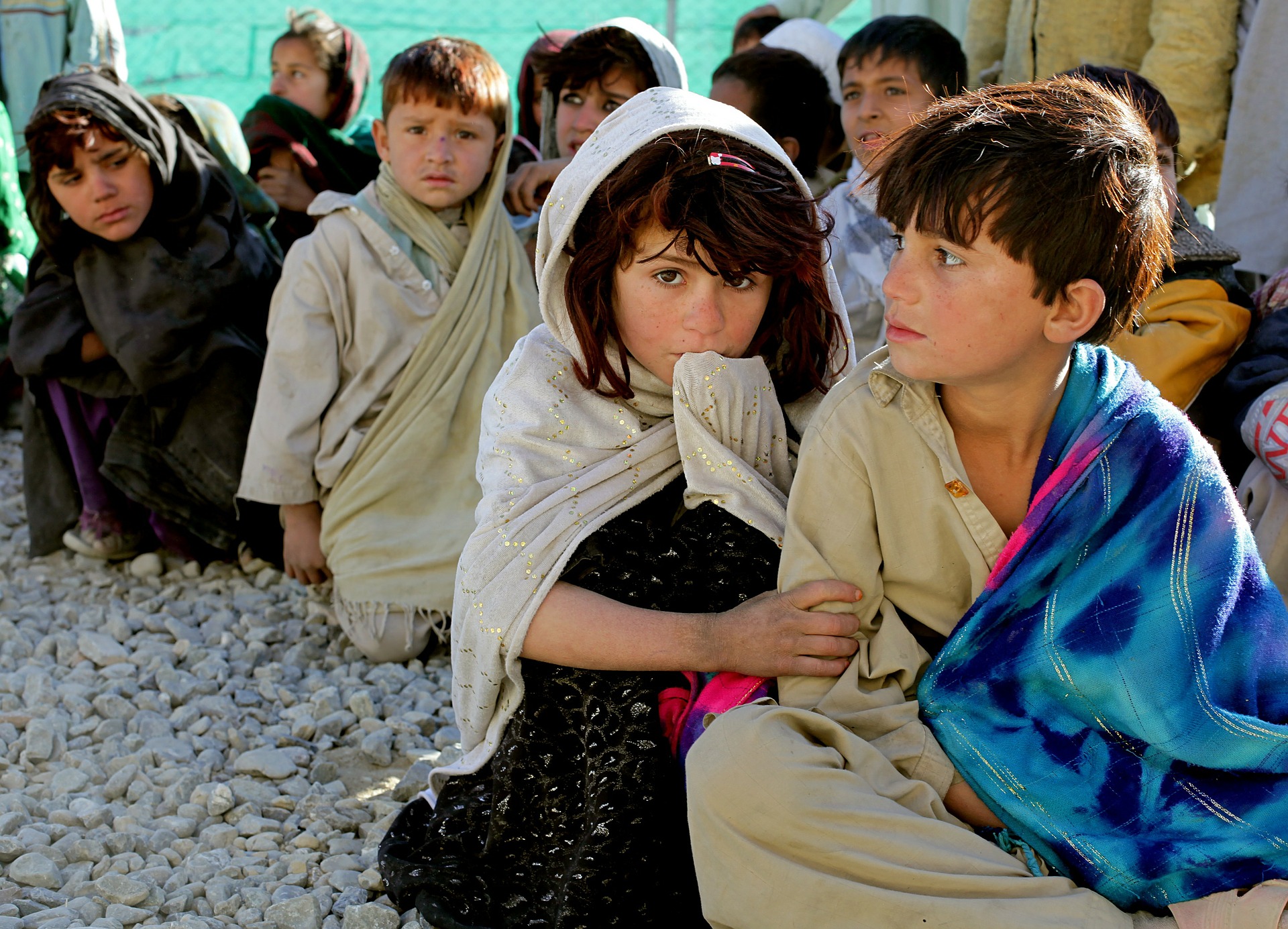The number of children who die in the world has halved from 1990 to 2015, according to a paper published in JAMA Pediatrics.
The Researchers behind the study have looked at the situation in 195 countries and territories. Although there are fewer children dying today than 25 years ago, about seven million children still die each year.
When children and adolescents die, it is often caused by complications resulting from premature birth, pneumonia, diarrhea, birth defects, malaria, blood poisoning, meningitis and HIV/AIDS.
The researchers looked at each geographical unit and compared income, education and fertility rate. They could then see increasing differences over the years correlated to this socio-demographic index.
The idea of the study is to how where future investment is needed to reduce mortality among children and adolescents.
The editorial concludes:
“Consistent international attention and investment have led to sustained improvements in causes of health loss among children and adolescents in many countries, although progress has been uneven. The persistence of infectious diseases in some countries, coupled with ongoing epidemiologic transition to injuries and noncommunicable diseases, require all countries to carefully evaluate and implement appropriate strategies to maximize the health of their children and adolescents and for the international community to carefully consider which elements of child and adolescent health should be monitored.”
Reference:
Child and Adolescent Health From 1990 to 2015 Findings From the Global Burden of Diseases, Injuries, and Risk Factors 2015 Study JAMA Pediatr. April 3, 2017. doi: 10.1001 / jamapediatrics.2017.0250



















